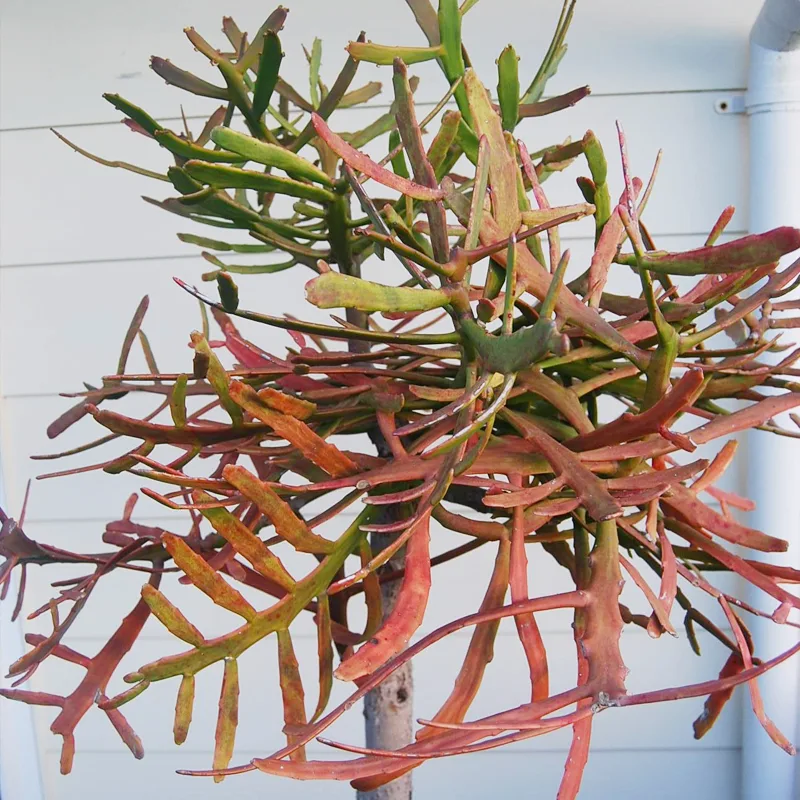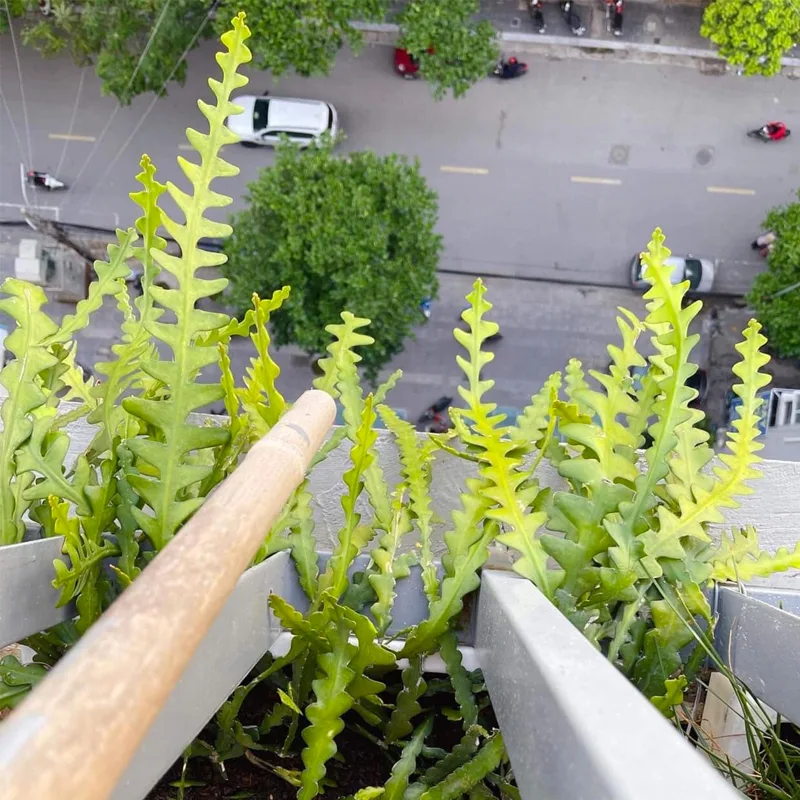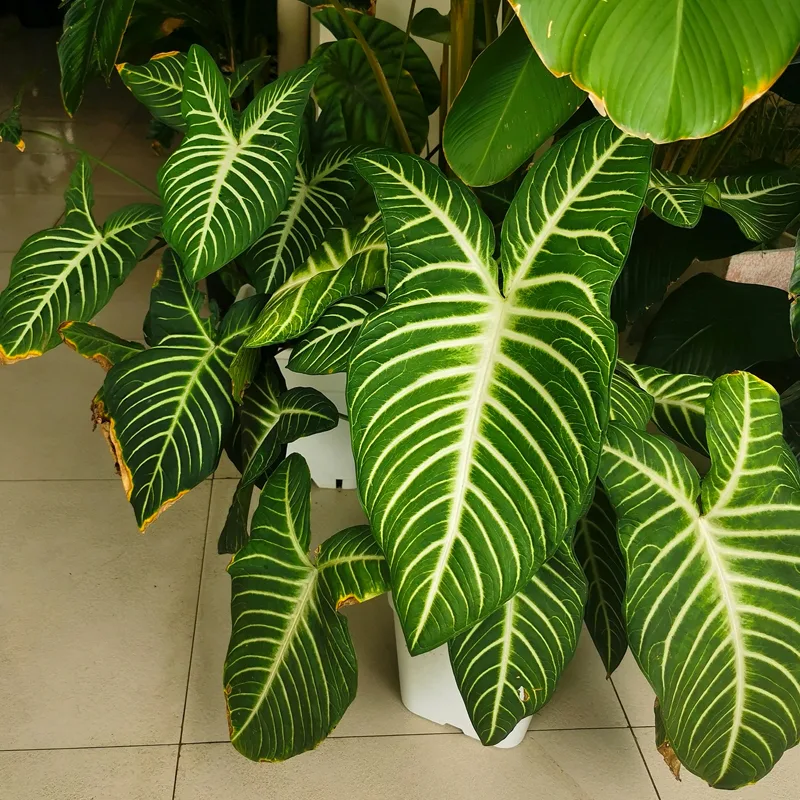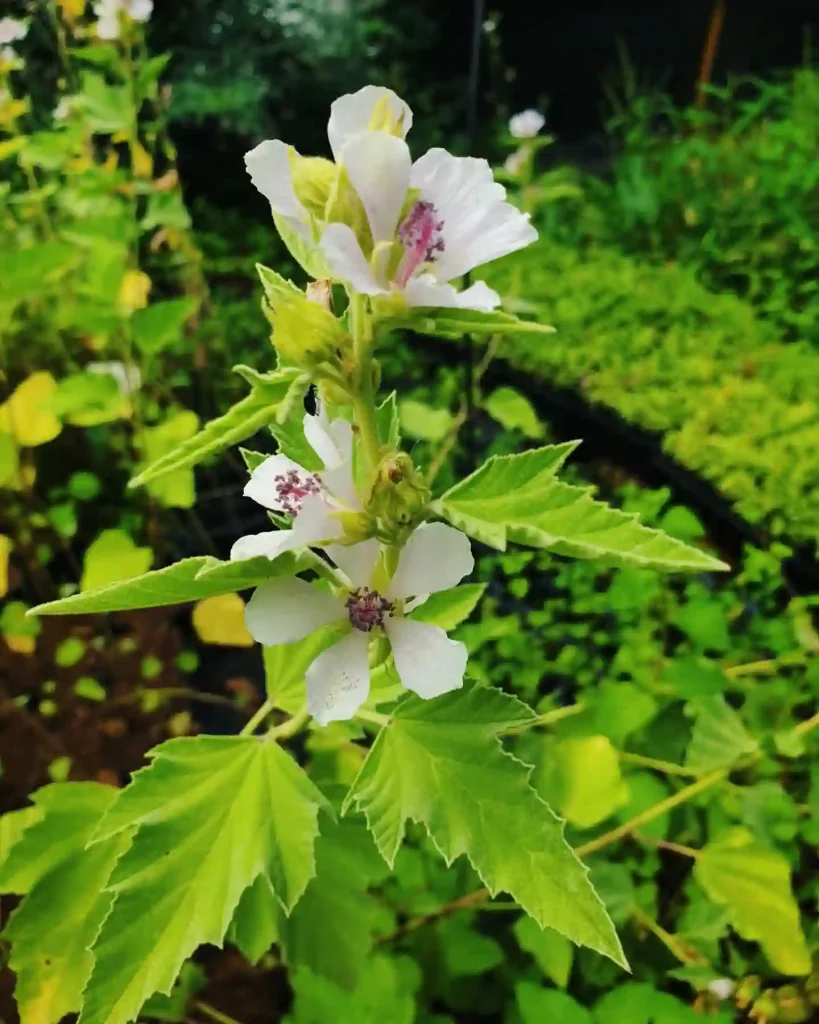Exploring the Cymodoceaceae Family: My Journey into Seagrass Diversity
As an avid plant enthusiast, I often find myself drawn to the fascinating world of seagrasses. Among the most intriguing families I’ve encountered is the Cymodoceaceae family. This group of flowering plants thrives in marine environments, showcasing remarkable adaptations that allow them to flourish underwater. In this article, I’ll take you through my exploration of the various genera within this family, including Amphibolis, Cymodocea, Halodule, Oceana, Syringodium, and Thalassodendron.
The Importance of Seagrasses
Before delving into the specific genera, it’s essential to understand why seagrasses, particularly those in the Cymodoceaceae family, matter. These plants play a vital role in coastal ecosystems. They provide habitat for marine life, stabilize sediments, and improve water quality by filtering pollutants. My fascination with these plants grew when I learned about their ecological significance.
Amphibolis: A Unique Adaptation
Among the genera, Amphibolis stands out. I remember the first time I encountered this genus while snorkeling. Its distinctive, narrow leaves can reach impressive lengths, creating a lush underwater meadow. Amphibolis species have a unique trait: they can thrive in both submerged and partially exposed environments. This adaptability allows them to occupy diverse habitats, which I found truly remarkable.
Amphibolis griffithii, one of the most well-known species, is particularly prevalent in Australia. Its ability to withstand varying salinity levels is something I admire. I often think about how this flexibility allows them to contribute significantly to coastal ecosystems.
Cymodocea: A Diverse Genus
Moving on to Cymodocea, I found this genus to be diverse and widespread. I’ve observed Cymodocea nodosa in several coastal areas during my travels. Its oval-shaped leaves, which can grow up to 50 centimeters long, are easily recognizable.
This genus is also vital for marine life. It serves as a nursery for fish and invertebrates, something I’ve personally witnessed while diving. The intricate root systems of Cymodocea species anchor sediments, preventing erosion. This role in sediment stabilization is crucial for maintaining healthy coastal ecosystems.
Halodule: The Fast-Growing Genera
In my exploration, Halodule has captured my attention due to its rapid growth and resilience. Species like Halodule wrightii are prevalent in the shallow waters of the Gulf of Mexico. I remember seeing vast fields of this seagrass during a beach walk.
Halodule’s quick growth makes it an essential player in coastal restoration efforts. I’ve read studies highlighting its ability to recover quickly after disturbances, such as storms or human activities. This resilience gives hope for restoring damaged marine environments, making it a critical genus in the fight against habitat loss.
Oceana: A Lesser-Known Gem
Although less well-known, Oceana holds a special place in my heart. This genus has a unique structure that caught my eye during my marine studies. While not as widespread as other genera, Oceana species contribute to biodiversity in specific regions. I’ve had the chance to explore areas where Oceana grows, and it was a reminder of how diverse marine life can be.
Syringodium: A Beautiful Addition
Syringodium is another genus that I admire for its beauty. Syringodium filiforme, often called “paddle grass,” features flat, ribbon-like leaves that sway gracefully in the current. I vividly recall a day spent snorkeling in the Florida Keys, where I was surrounded by these elegant plants.
Syringodium plays a vital role in marine ecosystems by providing shelter and food for various organisms. Observing how marine life interacts with these seagrasses is always a highlight of my underwater adventures.
Thalassodendron: A Robust Presence
Lastly, I want to discuss Thalassodendron, a robust genus known for its sturdy structure. Thalassodendron ciliatum, commonly found in the Indo-Pacific region, is a remarkable species. I had the opportunity to observe it during a dive in the Great Barrier Reef. Its broad leaves create a dense habitat for fish and invertebrates, making it a critical part of the ecosystem.
Thalassodendron’s ability to adapt to various environmental conditions is impressive. It thrives in both shallow and deeper waters, demonstrating the resilience of seagrasses in diverse marine ecosystems.
Conclusion: The Future of Cymodoceaceae
Exploring the Cymodoceaceae family has deepened my appreciation for seagrasses and their role in marine ecosystems. Each genus, from Amphibolis to Thalassodendron, showcases unique adaptations that allow them to thrive in challenging environments. As I continue my journey in plant exploration, I remain committed to advocating for the conservation of these vital marine habitats. The future of seagrasses, and by extension, our oceans, depends on our understanding and preservation of these remarkable plants.
If i die, water my plants!



